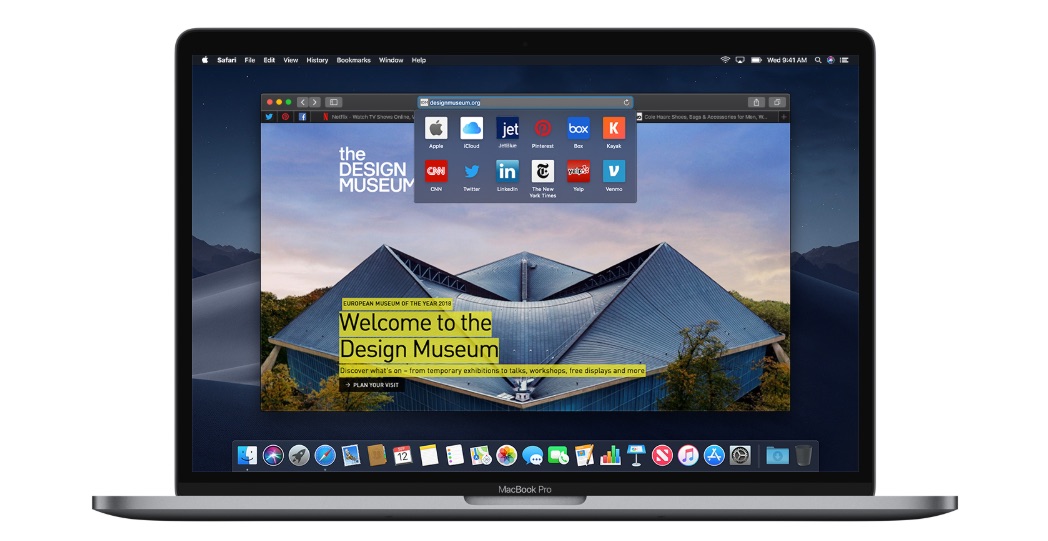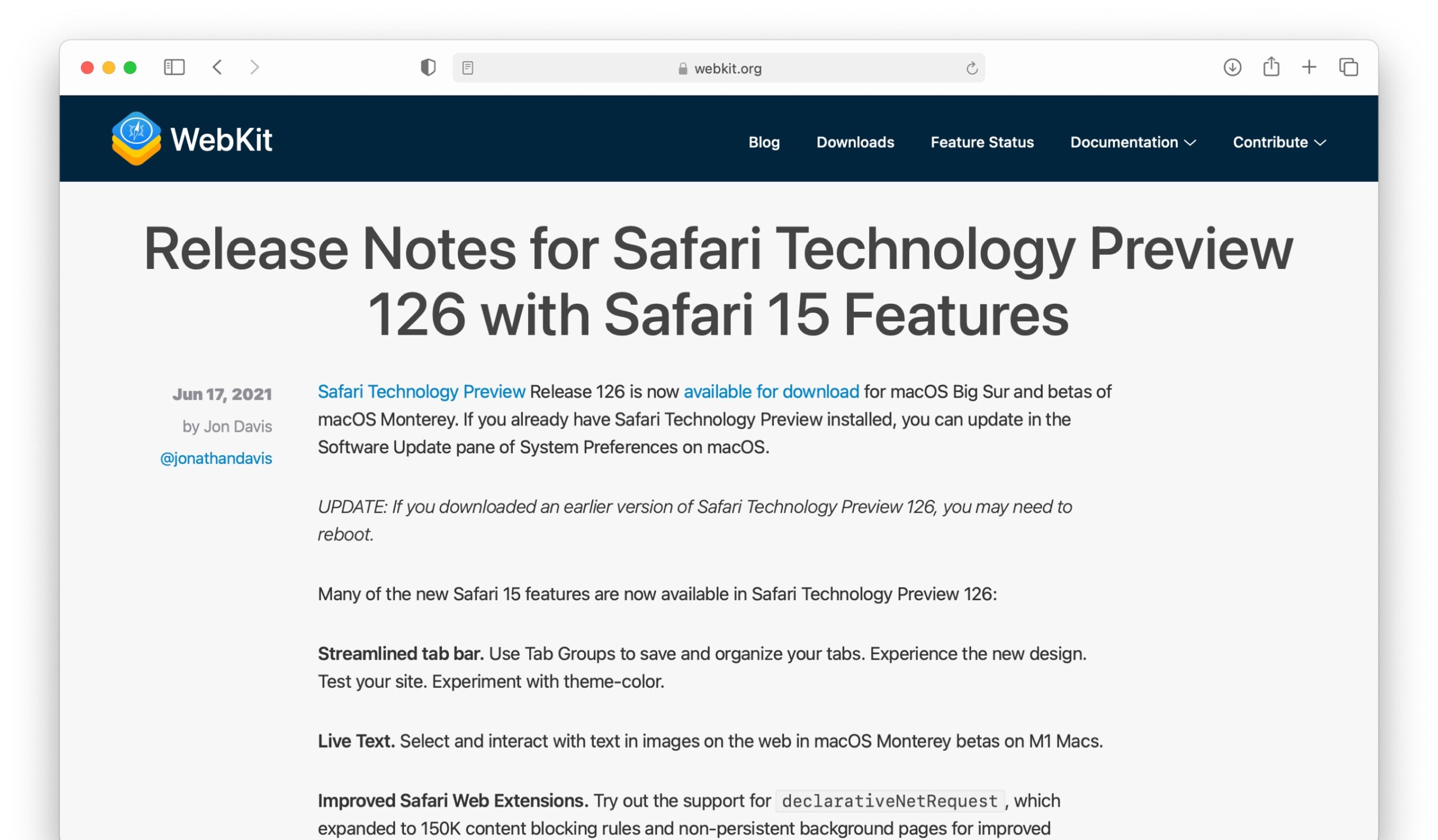

This prevents situations where a newly created subdomain could not be secured with the “The domain is not resolvable” error. When a subdomain for a website with a resolvable domain name is created, SSL It! now waits for the subdomain name to become resolvable as well before trying to secure it with a Let’s Encrypt SSL certificate.Added the ability to hide the entire “Assistance & Troubleshooting” section of the Tools & Settings menu in Restricted Mode.Added the “Reset admin’s password on the next login” checkbox (cleared by default) to the Plesk initialization screen.(Plesk for Linux) Fixed the issue where logs for the latest Plesk versions were not displayed.Fixed bugs related to the accessibility of the Plesk extension logs.Improved work with the mobile version of Plesk.Running the import CLI command no longer fails in Plesk on CentOS.Ī number of improvements were made to the Plesk Mobile Center extension:.The extension now supports DNS templates for the Google Workspace and Office 365 services.It is now possible to perform DNS record lookup.Fixed removal of additional deployment actions after disabling them in the Plesk interface.Ī number of improvements were made to the Transfer of DNS Records extension:.The method invokes the asynchronous deployment of files to the production website. Added the async-deploy method to the CLI and XML API.Added the run-actions option to the createand update API methods, which enable/disable execution of additional deployment actions.The extension now deploys files to production websites asynchronously if the deployment was triggered by a webhook.A single webhook is now used for the Git and Laravel Toolkit extensions.Ī number of improvements were made to the Git extension:.If you select the manual deployment mode, the application will be deployed when you click the Deploy button in the Laravel Toolkit or the Git extension interface.

If you select the automatic deployment mode, the application will be automatically deployed after a push to the repository (if the repository is local) or a webhook call (if the repository is remote).



 0 kommentar(er)
0 kommentar(er)
